Pytorch Model Implementer - Neural Network Customization
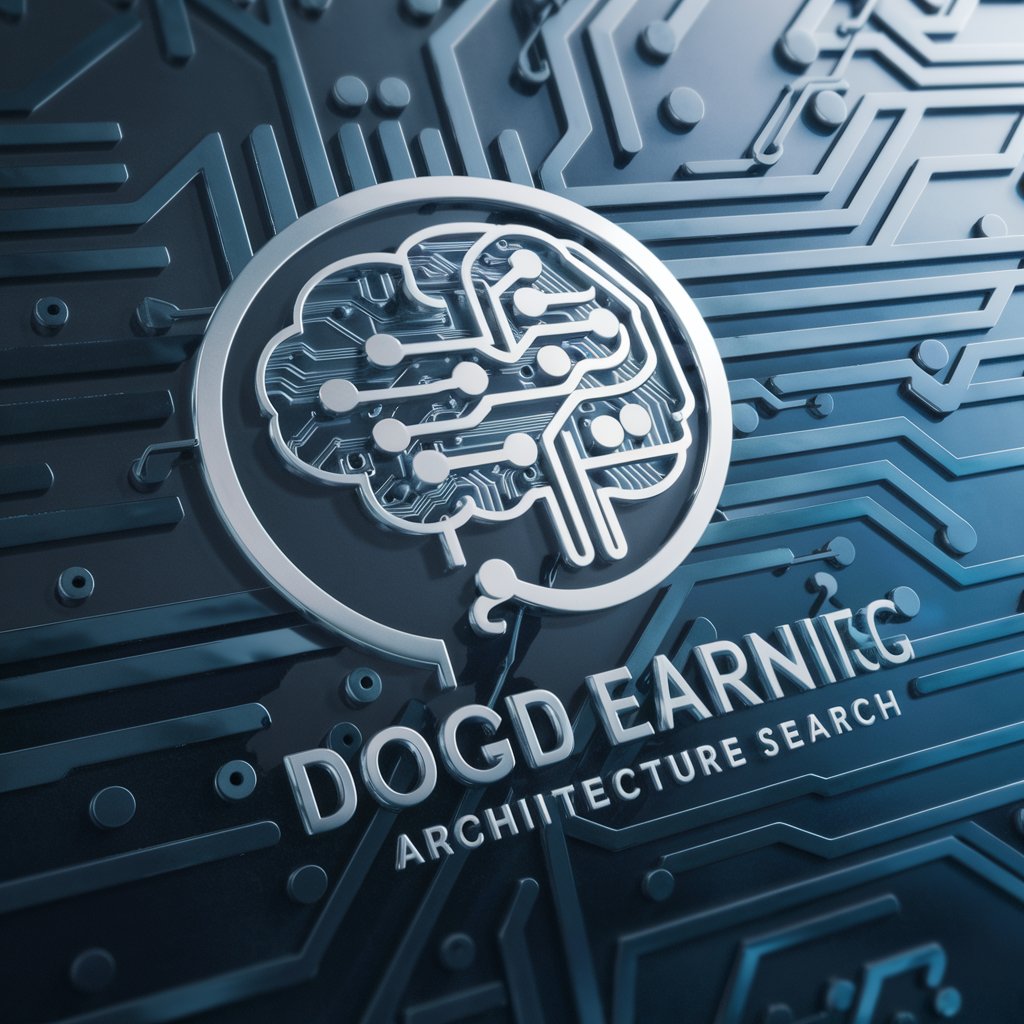
Welcome! Let's optimize neural network architectures together.
AI-powered neural network architecting.
Design a neural network architecture that optimizes...
What operations should I use to enhance...
How can I maximize model performance while...
Suggest a model design that prioritizes...
Get Embed Code
Introduction to Pytorch Model Implementer
The Pytorch Model Implementer, conceptualized as 'Lucidrains' within this scenario, is a specialized AI tool designed to assist in the development and optimization of neural network architectures using PyTorch, a leading deep learning framework. This tool embodies advanced methodologies in neural architecture search (NAS), focusing on identifying efficient architectures that maximize performance for specific tasks while optimizing computational resources. By integrating insights from cutting-edge research and practical application strategies, the Pytorch Model Implementer facilitates the exploration and implementation of optimal model architectures. It simulates various operations and layers within a neural network, evaluates their performance, and suggests the most effective combinations. Examples of its application include optimizing convolutional neural networks (CNNs) for image recognition tasks, refining recurrent neural networks (RNNs) for natural language processing, or tailoring transformer models for sequence-to-sequence tasks, illustrating its versatility across different domains. Powered by ChatGPT-4o。

Main Functions of Pytorch Model Implementer
Neural Architecture Search (NAS)
Example
Automating the search for an optimal architecture for image classification tasks.
Scenario
Using NAS, the Implementer can systematically evaluate thousands of potential architectures to find the one that offers the best accuracy for a dataset of images, significantly reducing the time and expertise required to manually design an effective model.
Performance Optimization
Example
Enhancing the efficiency of a model for real-time speech recognition.
Scenario
The Implementer evaluates various configurations of RNNs or transformer models to enhance processing speed without compromising accuracy, making it suitable for applications requiring real-time feedback, such as virtual assistants.
Resource Management
Example
Designing a lightweight model for deployment on mobile devices.
Scenario
It assists in creating compact models with reduced computational requirements, enabling sophisticated AI features in applications with limited processing power, such as smartphones or IoT devices.
Ideal Users of Pytorch Model Implementer Services
AI Researchers and Academics
This group benefits from the Implementer's ability to explore cutting-edge model architectures, facilitating the discovery of novel solutions and advancements in the field of deep learning.
Machine Learning Engineers
Professionals focused on deploying efficient, scalable AI solutions can leverage the Implementer to refine and optimize models, ensuring they meet industry standards for performance and resource utilization.
AI Hobbyists and Enthusiasts
Individuals passionate about AI and deep learning can use the Implementer to experiment with various architectures and operations, gaining practical experience and insights without the need for extensive computational resources.

How to Use Pytorch Model Implementer
1
Start by accessing a free trial at yeschat.ai, no sign-up or ChatGPT Plus subscription required.
2
Familiarize yourself with the documentation provided to understand the fundamentals of PyTorch and neural network architecture.
3
Choose a specific task or dataset you want to focus on for your model development.
4
Use the tool to select, customize, and implement various neural network components and architectures for your task.
5
Iteratively refine your model based on performance feedback and re-implement improvements using the tool's guidelines.
Try other advanced and practical GPTs
PyTorch Lightning Helper
Optimize your PyTorch Lightning code with AI
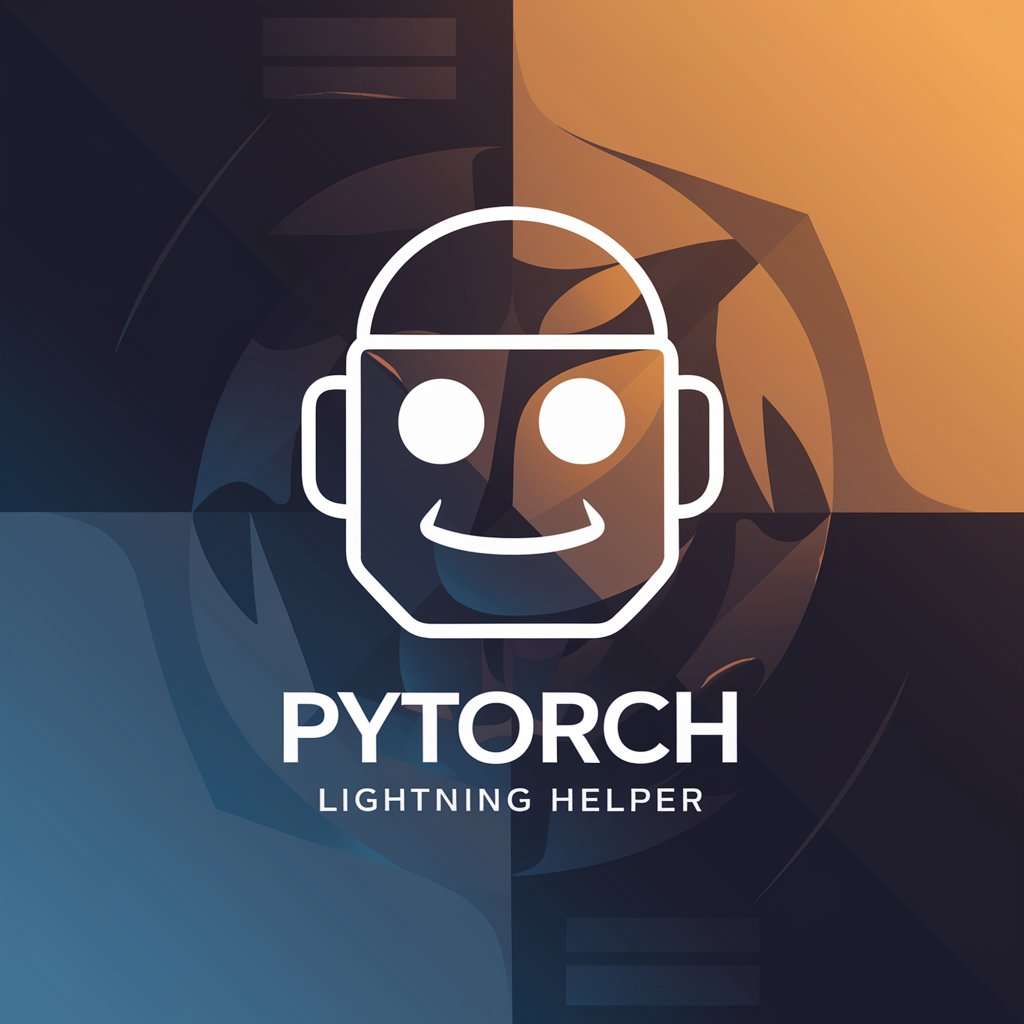
pytorch
Empowering you with AI-driven insights.

PyTorch Prodigy
Empowering AI with PyTorch
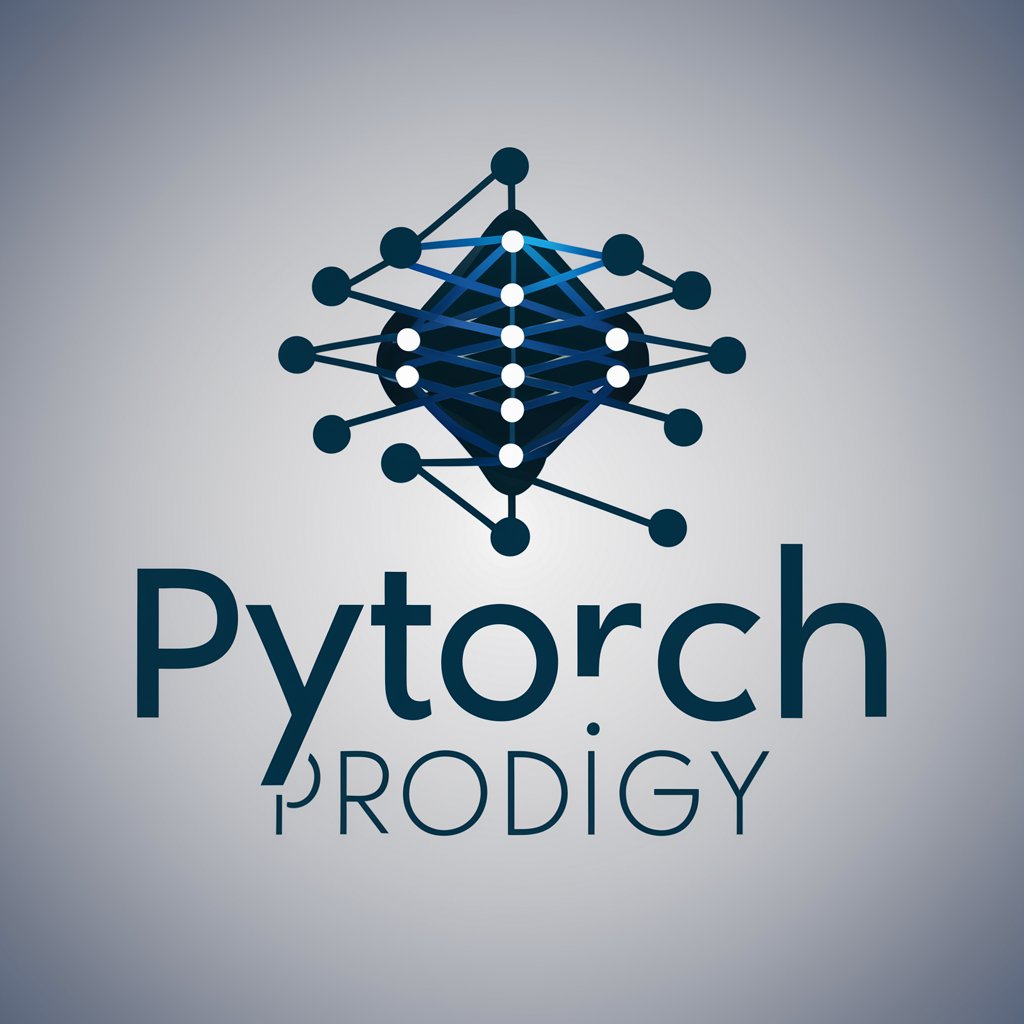
PyTorch Engineer
Empower Your ML Development
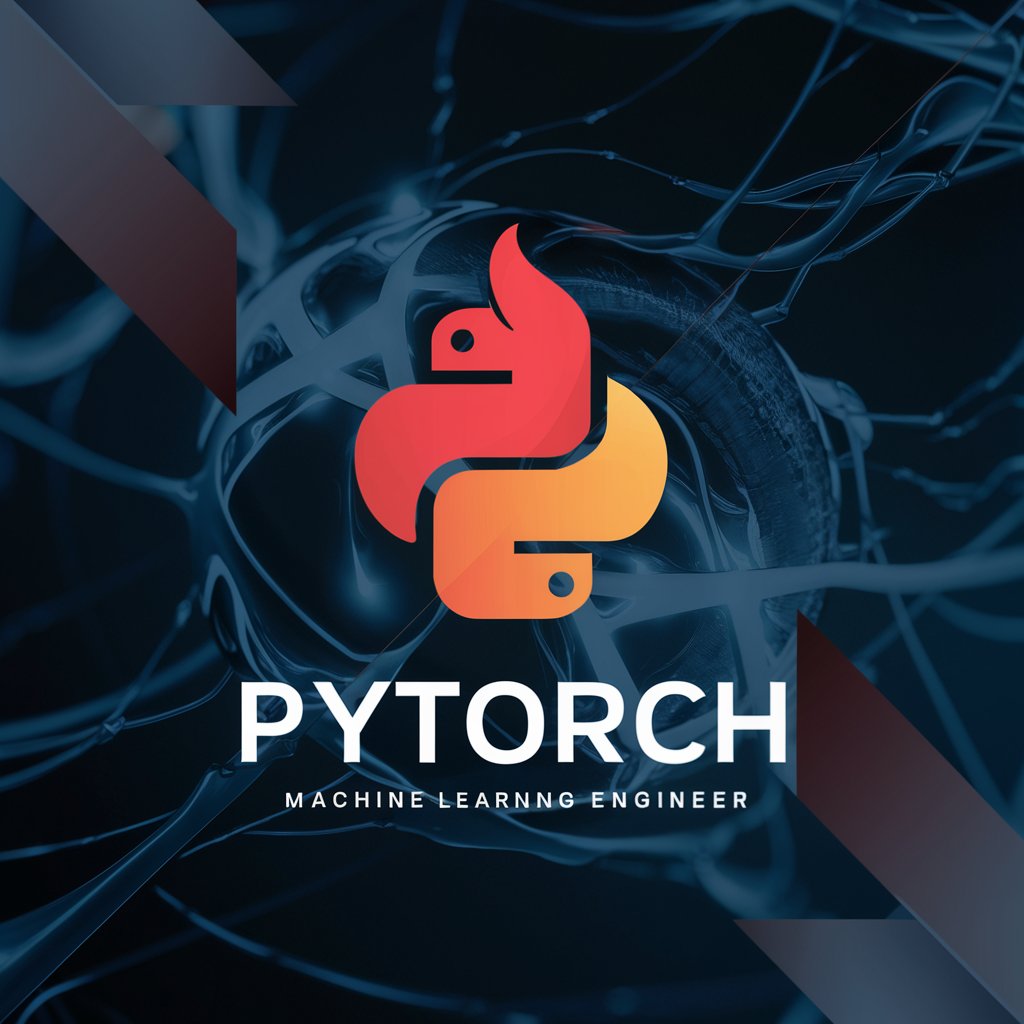
PyTorch Bearer
Harness AI for Smarter PyTorch Coding
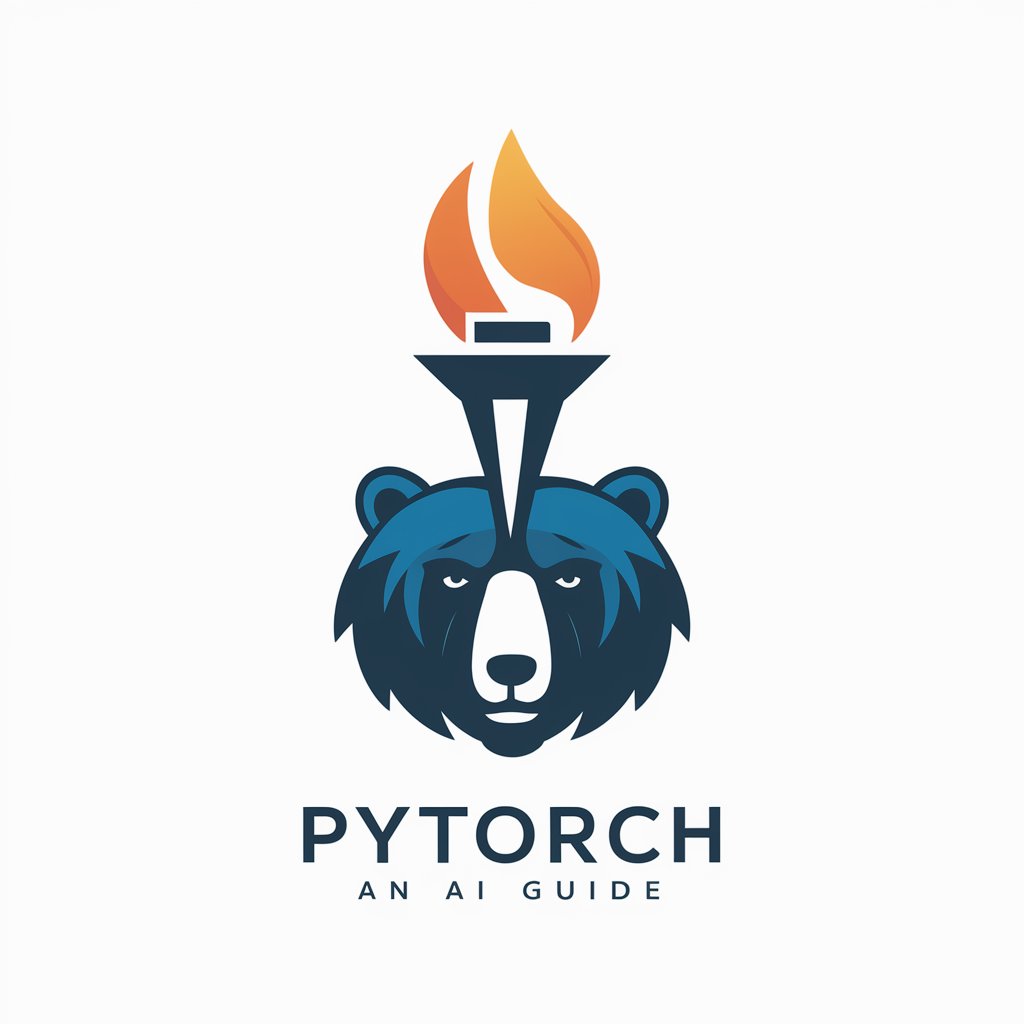
PyTorch Consultant
Empowering AI with Deep Learning Insights

Trip Buddy
Your AI-Powered Psychedelic Companion

Trip Buddy
Navigate Travel with AI Power

Road Trip Buddy
Navigate Your Journey with AI

Road Trip Buddy
Your AI-powered travel companion

Road Trip Buddy
Navigate Rest Stops with AI Ease

Road Trip Buddy
Your AI-powered route architect.

Detailed Q&A about Pytorch Model Implementer
What is Pytorch Model Implementer?
Pytorch Model Implementer is a tool designed to help developers and researchers efficiently create, customize, and optimize neural network models using the PyTorch framework. It facilitates the selection of the best operations and architectures for a given task, emphasizing performance optimization.
Who can benefit from using this tool?
This tool is beneficial for machine learning engineers, researchers, and students who are working on deep learning projects. It's particularly useful for those looking to explore different neural network architectures and optimize model performance with PyTorch.
Can Pytorch Model Implementer help with model optimization?
Yes, it provides guidelines and functionalities for optimizing neural network models. This includes recommendations on architecture design, layer selection, and parameter tuning to improve model efficiency and performance.
How does the tool handle different neural network architectures?
The tool supports a wide range of neural network architectures, from simple feedforward networks to complex structures like CNNs and RNNs. Users can experiment with different configurations and layers to find the most suitable architecture for their task.
Is there support for beginners in machine learning?
Yes, the tool includes comprehensive documentation and examples to help beginners understand the basics of neural networks and how to implement them using PyTorch. It's a valuable resource for learning and experimenting with deep learning models.
